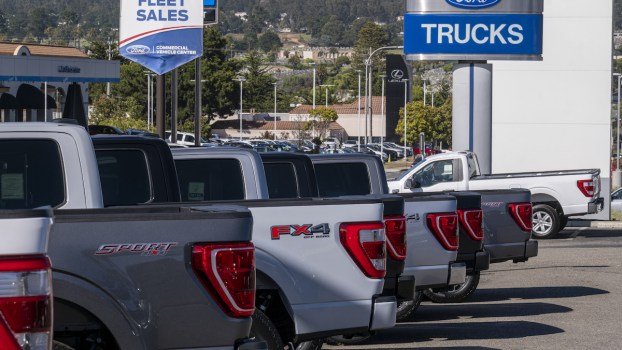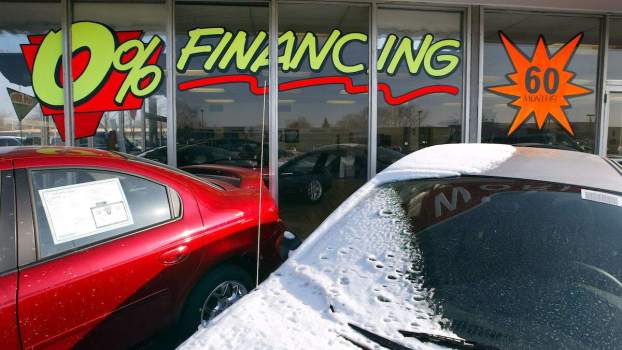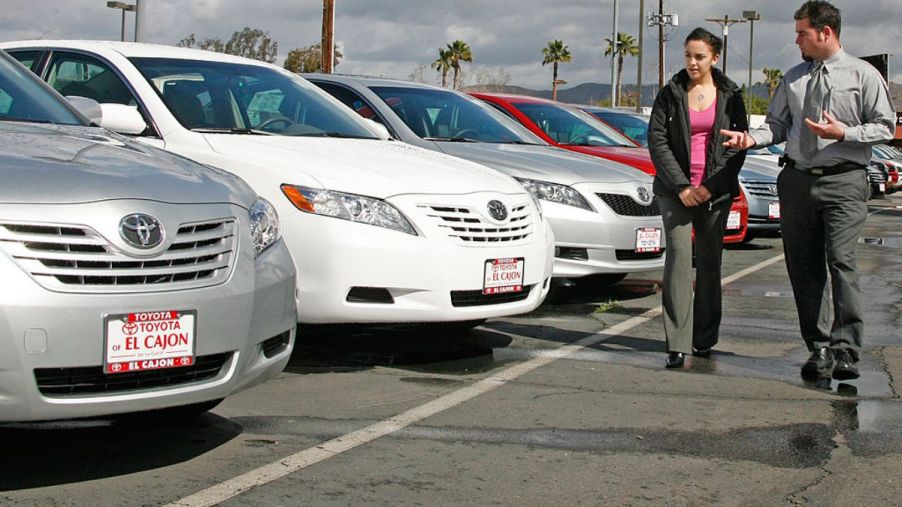
Why Dealerships Now Want Older, High-Mileage Used Cars
The pandemic was a boon for few, but dealers capitalized on the scarcity of new cars by spiking prices. It’s the old “supply and demand.” People traveled less, saving them money for big purchases. And with the lower supply of new vehicles, used car prices swelled. But now it’s 2023, and everything is going backward.
Why aren’t used cars selling in 2023?
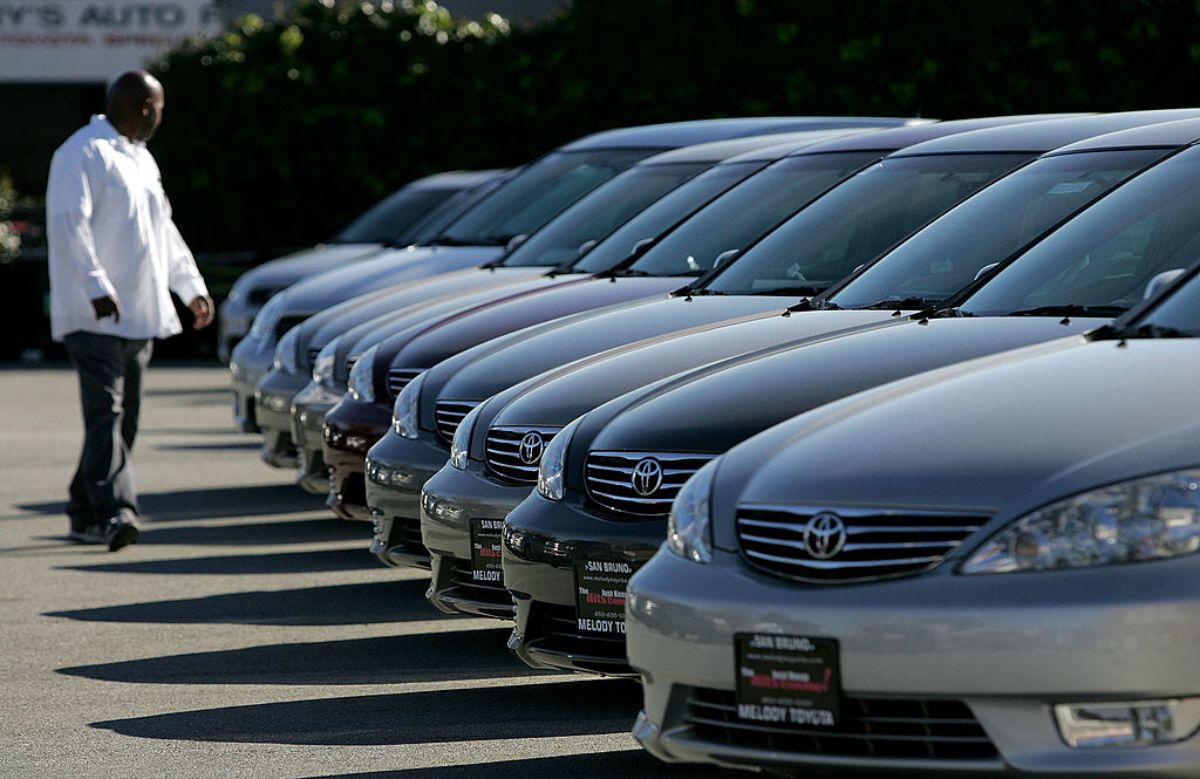
Leasing is way down, meaning there aren’t low-mileage cars for dealerships to pluck wholesale. Interest rates are high, and new vehicles are beginning to reach post-pandemic production for the first time. But they’re much more expensive due to inflation and, well, because automakers can get away with it.
Now we have car buyers with less money to spend. And with fewer vehicles coming off leases and new models viewed as too costly, the result is dealers looking for clean, older, high-mileage cars to make sales. Obviously, they’re worth less, so they cost less. One dealer told Automotive News: “I normally wouldn’t, but we sold a 2015 Ford F-250 with 80,000 miles on it the other day.”
For 2022, used car sales tanked to their lowest in almost a decade. They were 11% down from 2021. Economists are afraid that high inflation, high interest, and buyers waiting for both to lower could spell trouble this year.
How are dealers reacting to slower used car sales?
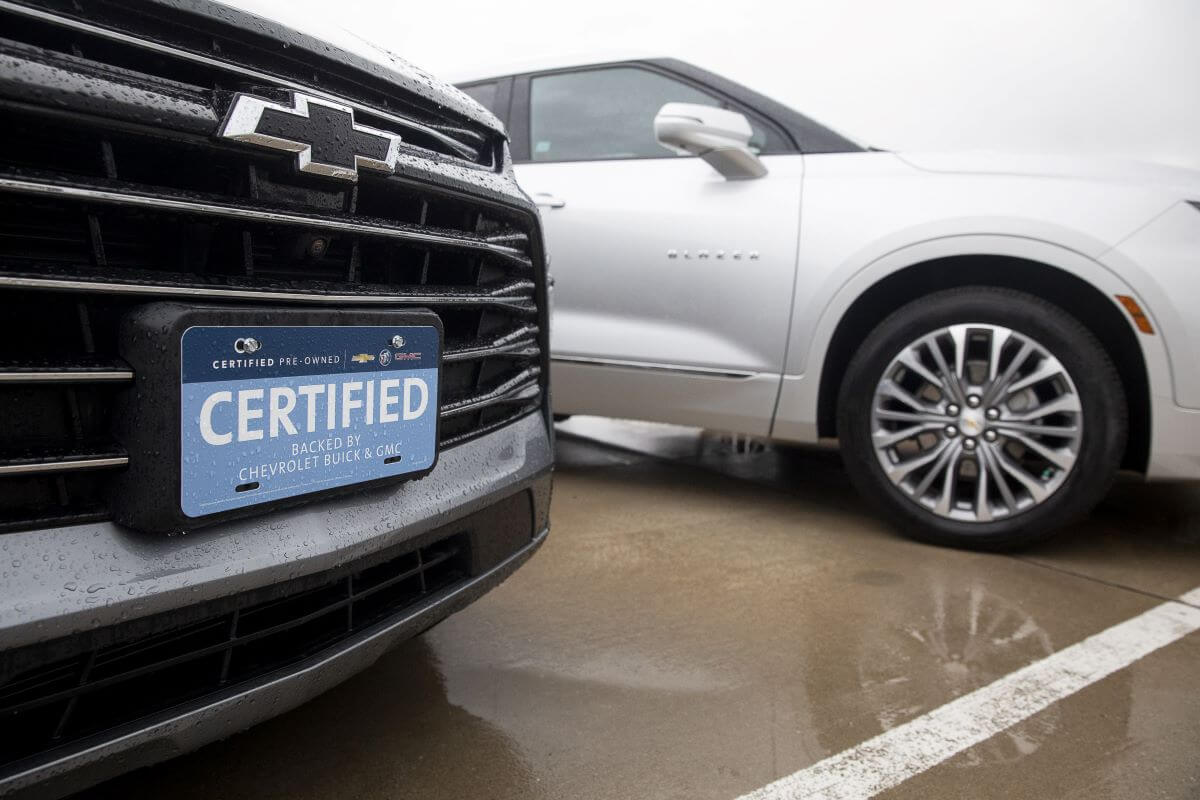
Automotive News says dealers can only lower what they charge, accept a lower gross profit on sales, and give less for trade-ins. But most say they will ramp up used car sales this year. That could be tricky because franchised dealerships report it now takes 42 days on average to move a used vehicle.
Another problem concerning dealers is the trend of lessees keeping their off-lease cars in lieu of a new and much higher lease. Even a $200 or $300 monthly increase for a new lease could be too much to bite off when many more Americans are now living paycheck-to-paycheck.
Instead, fewer low-mileage off-lease cars are showing up at wholesale auctions. Dealers hope it will be temporary because new car production is beginning to return to normal. When lessees start turning in these vehicles in two or three years, there will once again be a higher volume of these desirable vehicle.
Will it get better or worse?
But until then, the retail market will continue being soft because dealers aren’t willing to spend more for vehicle, and demand is dropping. That, in turn, triggers overall used car depreciation, which dealerships must factor into any vehicle landing on their lots.
The hope is that the expected recession, which some think began in October 2022, won’t be severe and that by the end of the year, new car inventories will be healthy. Add potentially lower interest rates to spark demand, and maybe 2023 will end much better than some observers predict.
